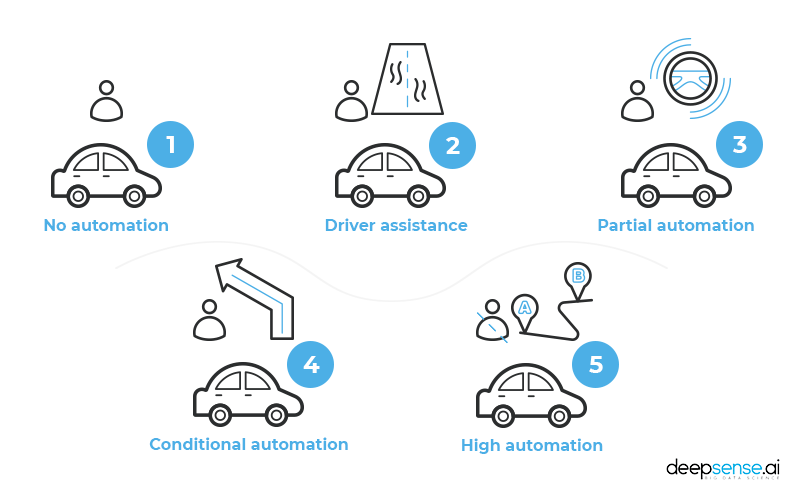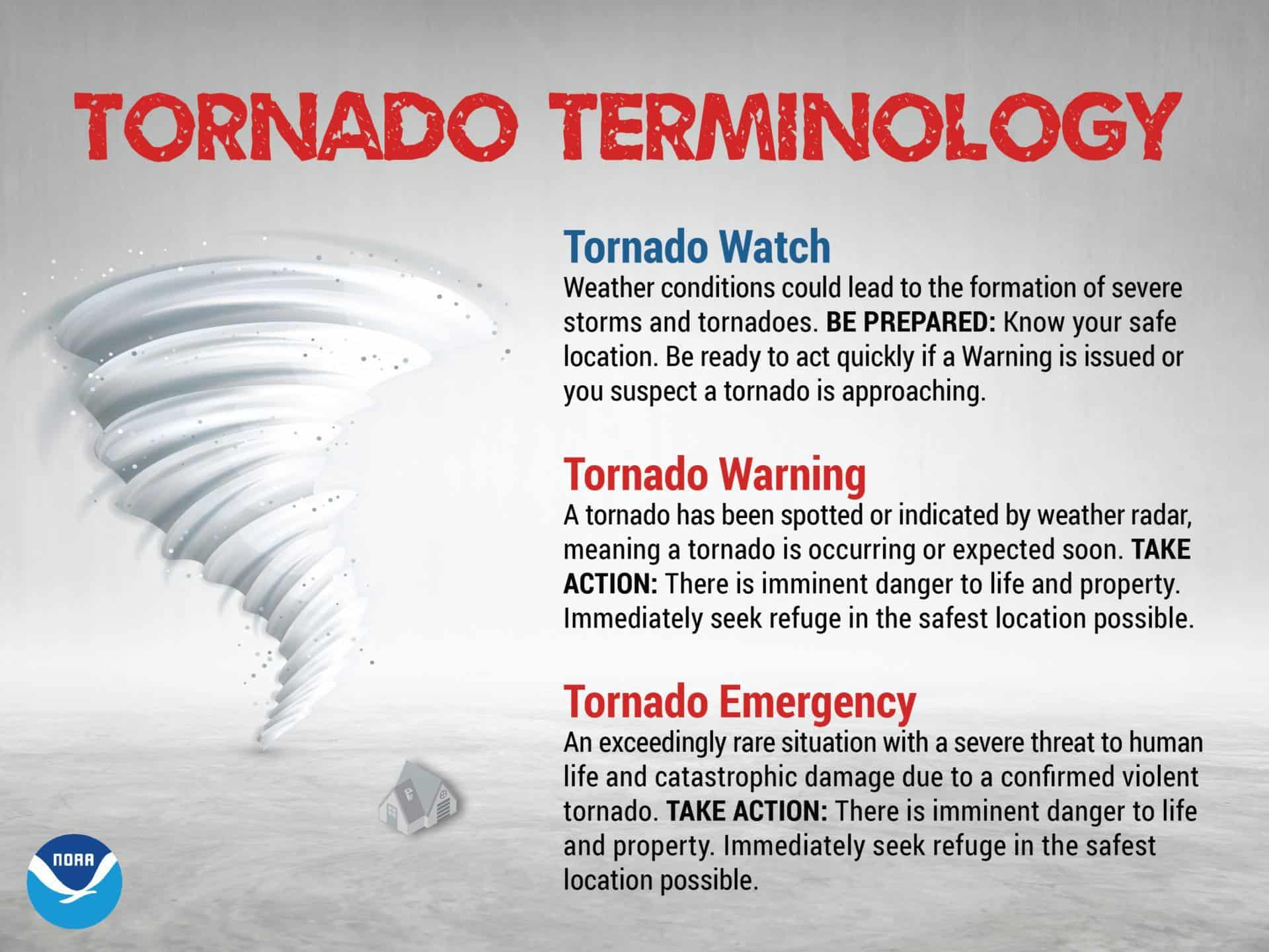Vehicle Safety Research: Driving Challenges And Strategies For Individuals With ADHD

Table of Contents
The Unique Driving Challenges Faced by Individuals with ADHD
The core symptoms of ADHD—inattention, impulsivity, and hyperactivity—directly translate into specific driving risks. Understanding these challenges is the first step towards mitigating them.
Attention and Impulsivity Issues Behind the Wheel
Inattention and impulsivity are particularly problematic while driving. These can manifest as:
- Speeding: Difficulty maintaining a safe and consistent speed.
- Tailgating: Following vehicles too closely, reducing reaction time.
- Lane drifting: Unintentionally drifting out of one's lane.
- Missed signals: Failing to notice traffic signals or road signs.
- Erratic braking: Sudden or unexpected braking.
- Increased risk-taking behaviors: Engaging in more dangerous maneuvers.
While precise statistics on accident rates solely attributable to ADHD are scarce due to the complexity of isolating this factor, anecdotal evidence and studies suggest a higher incidence of traffic violations and accidents among individuals with ADHD. Medication adherence plays a crucial role; consistent medication use significantly improves focus and impulse control, thereby improving driving performance. However, it's essential to understand potential side effects of medication and discuss them openly with a physician.
Executive Function Deficits and Driving
Beyond attention and impulsivity, executive function deficits—difficulties with planning, organization, and working memory—also impact driving. These deficits can lead to:
- Poor route planning: Struggling to navigate unfamiliar routes or make timely adjustments to plans.
- Multitasking difficulties: Problems managing navigation systems, adjusting the radio, or engaging in conversations while driving.
- Delayed reactions: Slower response times to unexpected events or hazards on the road.
- Difficulty with mental flexibility: Trouble adapting to changing traffic conditions.
Emotional regulation also plays a significant role. Stress, anxiety, or frustration can exacerbate ADHD symptoms, further compromising driving safety. Proactive driving strategies, such as planning routes in advance and anticipating potential traffic challenges, can help mitigate these difficulties.
Strategies for Enhancing Vehicle Safety for Drivers with ADHD
Fortunately, various strategies can help individuals with ADHD become safer drivers. A multi-faceted approach combining medication management, adaptive techniques, therapy, and lifestyle modifications is often most effective.
Medication Management and its Role in Safe Driving
Consistent medication adherence is paramount. Working closely with a psychiatrist or physician to find the right medication and dosage is crucial. Open communication about side effects—including potential drowsiness or sluggishness—is vital to ensure safe driving.
- Tips for effective medication management: Use pill organizers, set reminders on your phone, and involve a supportive family member or friend in monitoring medication intake.
Adaptive Driving Techniques and Vehicle Modifications
Technology can significantly aid drivers with ADHD. Consider these vehicle modifications and assistive technologies:
- Adaptive cruise control: Maintains a set distance from the vehicle ahead.
- Lane departure warnings: Alerts the driver if the vehicle veers out of its lane.
- Blind-spot monitoring systems: Detect vehicles in blind spots.
- Forward collision warnings: Warn of potential collisions.
Specialized driver training programs designed for individuals with ADHD can teach adaptive driving techniques and help develop safer driving habits. These programs often focus on strategies to manage attention, impulsivity, and stress while driving.
Cognitive Behavioral Therapy (CBT) and Mindfulness Techniques
CBT can be highly effective in improving attention, impulse control, and stress management. Therapists can teach techniques like:
- Cognitive restructuring: Identifying and challenging negative thought patterns.
- Behavioral strategies: Developing coping mechanisms for stressful driving situations.
- Self-monitoring: Tracking driving behaviors to identify patterns and areas for improvement.
Mindfulness exercises can enhance focus and reduce impulsivity. Practicing mindfulness techniques before and during driving can improve attention and reaction time.
Lifestyle Modifications to Improve Driving Safety
Maintaining a healthy lifestyle significantly influences driving safety:
- Prioritize sleep: Aim for 7-9 hours of quality sleep nightly.
- Eat a balanced diet: Avoid sugary drinks and processed foods that can lead to energy crashes.
- Manage stress: Practice relaxation techniques like deep breathing or meditation.
By adopting a holistic approach that addresses both the medical and lifestyle aspects of ADHD, individuals can significantly enhance their driving safety and confidence.
Conclusion: Improving Vehicle Safety for Individuals with ADHD
Individuals with ADHD face unique challenges behind the wheel, primarily due to inattention, impulsivity, and executive function deficits. However, by employing a combination of medication management, adaptive driving technologies, CBT, mindfulness techniques, and healthy lifestyle choices, they can significantly improve their driving safety. Addressing ADHD and driving safety proactively is crucial. Utilizing available resources, seeking professional guidance from doctors, therapists, and qualified driving instructors specializing in safe driving strategies for ADHD, and adopting the strategies outlined in this article are key steps towards improving vehicle safety with ADHD. Take control of your driving experience and embrace a safer, more confident approach to driving.

Featured Posts
-
 Louisville State Of Emergency Tornado Damage And Severe Flooding Warnings
Apr 29, 2025
Louisville State Of Emergency Tornado Damage And Severe Flooding Warnings
Apr 29, 2025 -
 Clearwater Boat Accident One Fatality Multiple Injuries Confirmed
Apr 29, 2025
Clearwater Boat Accident One Fatality Multiple Injuries Confirmed
Apr 29, 2025 -
 Move Over Quinoa The Next Big Superfood Is Here
Apr 29, 2025
Move Over Quinoa The Next Big Superfood Is Here
Apr 29, 2025 -
 Covid 19 Pandemic Lab Owner Convicted Of Falsified Test Results
Apr 29, 2025
Covid 19 Pandemic Lab Owner Convicted Of Falsified Test Results
Apr 29, 2025 -
 How To Secure Capital Summertime Ball 2025 Tickets
Apr 29, 2025
How To Secure Capital Summertime Ball 2025 Tickets
Apr 29, 2025
Latest Posts
-
 Top Rated Summer Slides 2025 Reviews And Buying Guide
Apr 30, 2025
Top Rated Summer Slides 2025 Reviews And Buying Guide
Apr 30, 2025 -
 Etats Unis Et Ukraine Un Partenariat Renforce Pour La Defense Antiaerienne
Apr 30, 2025
Etats Unis Et Ukraine Un Partenariat Renforce Pour La Defense Antiaerienne
Apr 30, 2025 -
 Horrific Details Emerge In Case Of Five Children Drowned By Mother
Apr 30, 2025
Horrific Details Emerge In Case Of Five Children Drowned By Mother
Apr 30, 2025 -
 Aide Americaine Pour Les Defenses Antiaeriennes Ukrainiennes Vers Un Renforcement Face A La Guerre
Apr 30, 2025
Aide Americaine Pour Les Defenses Antiaeriennes Ukrainiennes Vers Un Renforcement Face A La Guerre
Apr 30, 2025 -
 Bath Drowning Mother Confesses To Killing Five Children
Apr 30, 2025
Bath Drowning Mother Confesses To Killing Five Children
Apr 30, 2025
